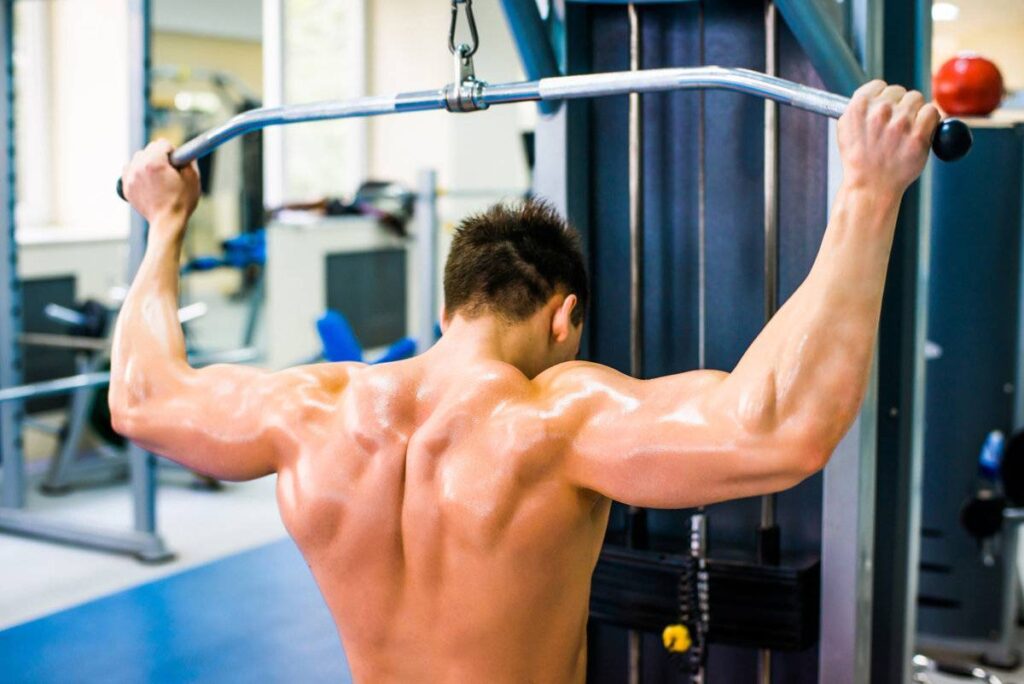Q: A trainer at my gym came running over the other day and told me to stop doing the behind the neck shoulder press because it was ruining my shoulder joints? Yet all the guys in the mags are doing them. Does he know what he’s talking about?
A: Maybe – it really depends how you were doing the exercise. If you were bouncing the bar up and down or using a weight that is obviously too heavy for you, then he may have had an argument. My guess, however, is that this guy was against the behind the neck press exercise in general, in which case, no he doesn’t know what he’s talking about. The behind the neck press is one of those exercises that many general fitness ‘experts’ rail against as unsafe. In this case their argument goes that the movement places far too much stress on the ball and joint shoulder socket and point to the number of shoulder injuries suffered by gym goers as their evidence. Most of these injuries, however, are the result of poor form, which the opinionated trainers would have picked up on beforehand if they were doing their job. The rest are usually aggravations of pre-existing problems that originated a long way from the weight room.
The types of form that can lead to shoulder joint problems involve having the hands too close together so that, in the bottom position (when the bar is at neck level) the shoulders and elbows are in a severe and vulnerable position. Correct this by placing your hands a little wider than shoulder width. Leaning forward and rounding the back are also common problems. Remaining in an upright position with back slightly arched is vital to maintain good form. Your gym should also have a power rack or weight stands so you don’t have to lift the bar from the floor. Raise and lower the bar under control, don’t twist your neck and, most importantly, move the bar through a full range of motion and you shouldn’t have any problems. For those with pre-existing rotator cuff injuries, though, the press behind neck should be replaced with dumbbell or machine presses.

